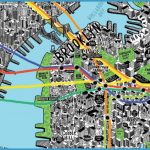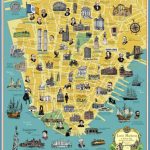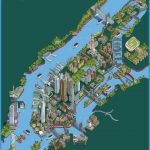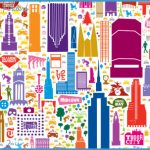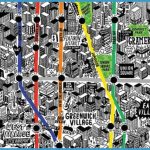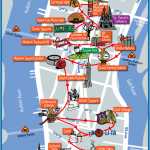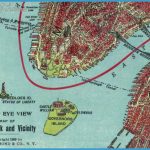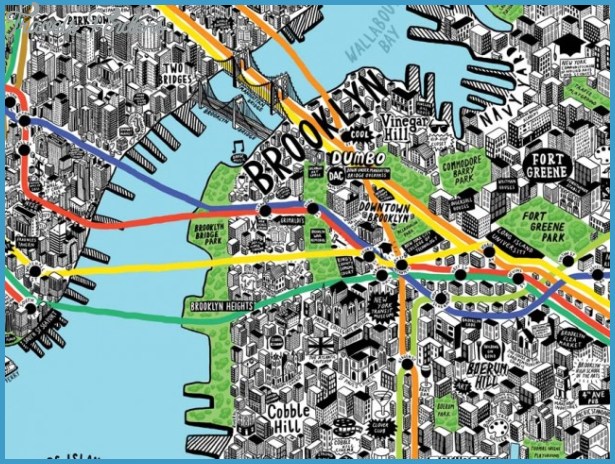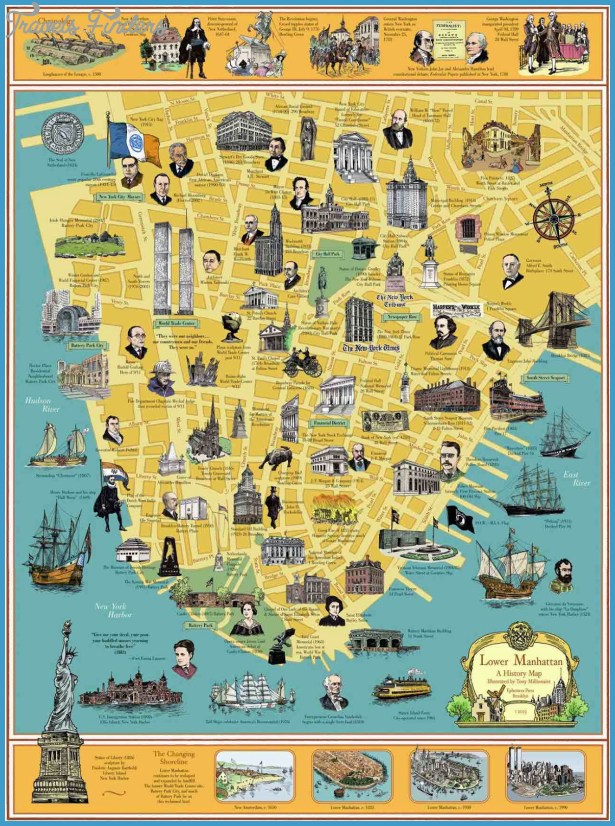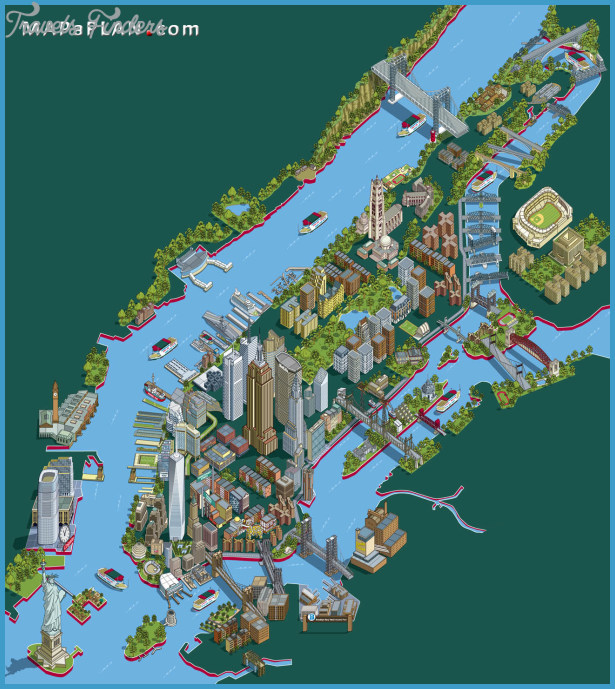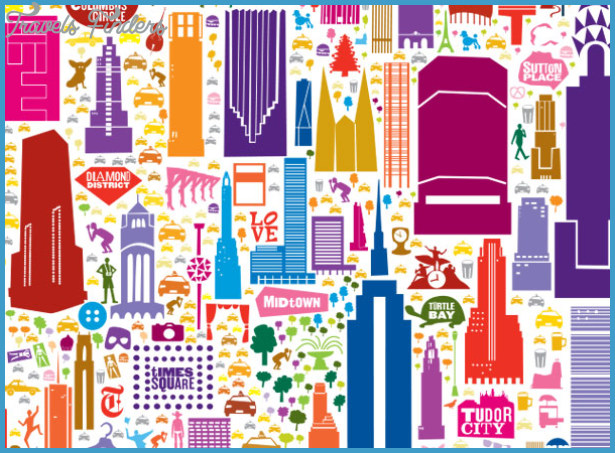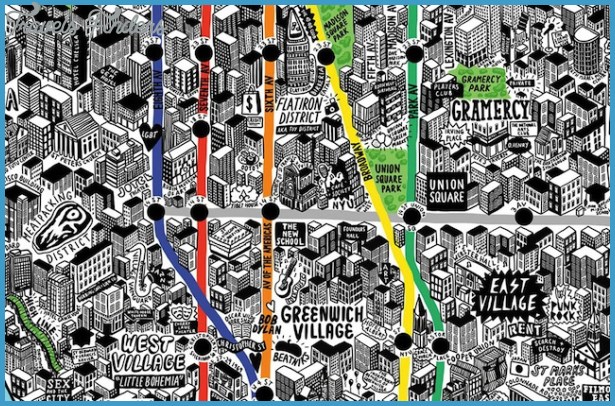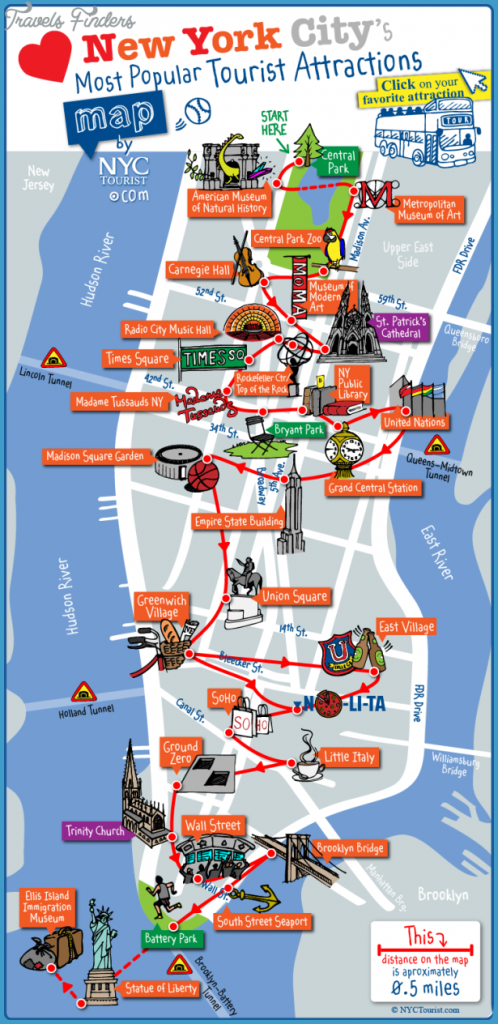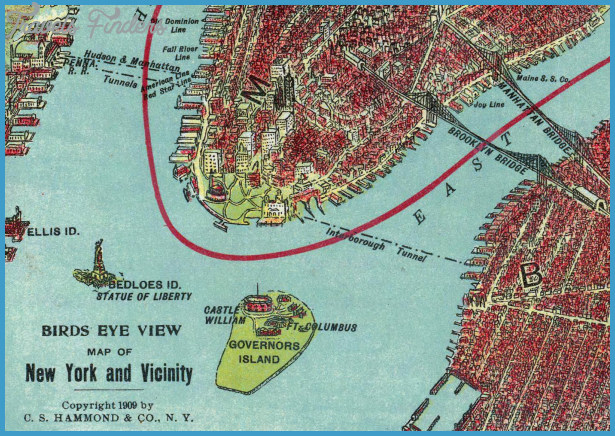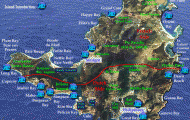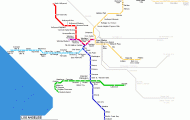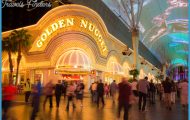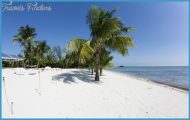TOURIST INFORMATION OFFICES. The following addresses may be useful:
New York Convention and Visitors Bureau, main office: 2 Columbus Circle, is a non-profit organization subsidized by the city’s hotels and merchants. The main office is open every day from 9 a.m. to 6 p.m. They will give you city maps and leaflets about principal tourist attractions, a price list of major hotels and any further information you may require. An information booth at Broadway and 43rd Street gives out pamphlets every day from 9 a.m. to 6 p.m.
Automobile Club of New York (ACNY”), International Travel Department, 28 East 78th Street (tel. 586-1166) offers helpful advice on motoring in the U.S.A. If you plan to spend more than 60 days in the U.S. you can obtain a regular membership for a modest fee which includes free services such as emergency road service, complete towing service and all AAA touring publications necessary for your trip. They’ll give free information on how to get to your destination by car or public transportation: Call 594-0700.
TRAINS. America is, fortunately, beginning to take a new interest in its railroads which had been neglected for too long. On the East Coast the service is adequate, sometimes very good. Reserving a seat can be a gamble, however. You may be lucky enough to pick an ultramodern car complete with bar and air-conditioning, or you might end up in a dilapidated coach dating from another era.
Amtrak (National Railroad Passenger Corporation) offers U.S.A. Rail-passes (flat-rate unlimited rail travel for a given period of time) to foreign visitors. Get in touch with your travel agent before leaving home as these tickets can only be bought outside of the States.
If you’re going to one of the large cities on the eastern seaboard (Boston. Philadelphia, Washington) or to Montreal, take the “Metro-liner, a luxury train belonging to Amtrak. It costs a bit more, but you get there faster and in comfort. You can book seats in advance by phone (tel. 736-4545) and pick up your tickets at the counter when you arrive.
In New York City there are three main stations: Penn (Pennsylvania) Station, underneath Madison Square Garden at 34th Street and Eighth Avenue, is the most important for long-distance travel and also serves Long Island commuters. Grand Central Station, on 42nd Street between Park and Lexington Avenues, has both suburban and long-distance lines. PATH Station, for trains to New Jersey, is located below the World Trade Center.

